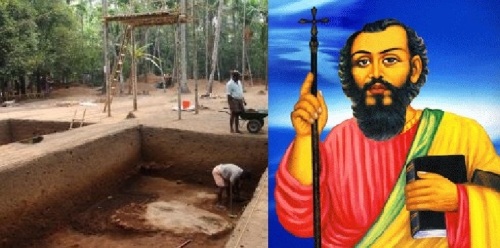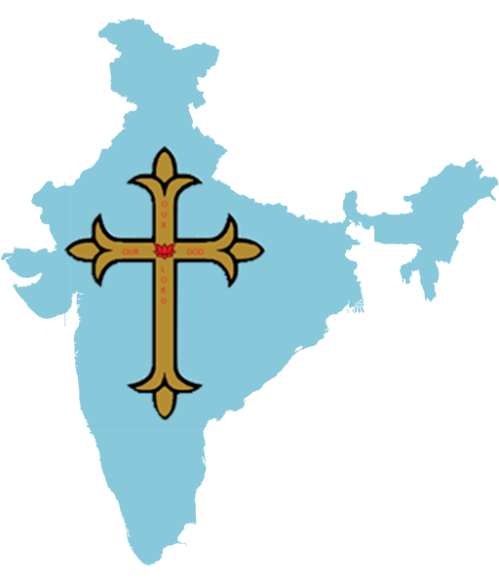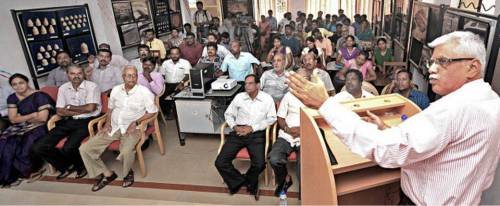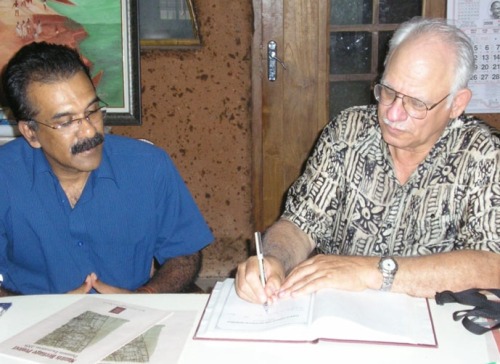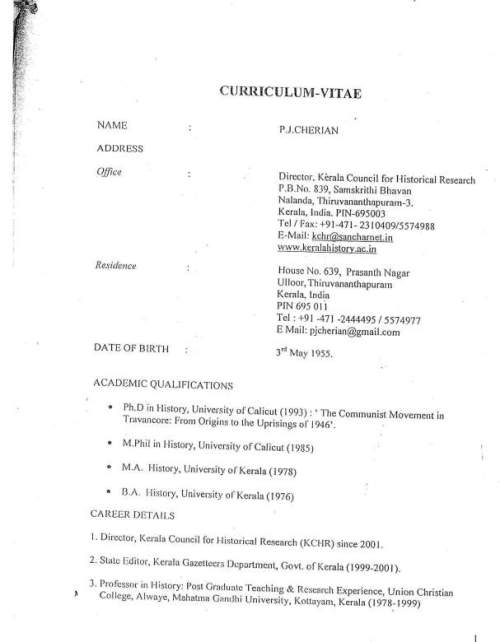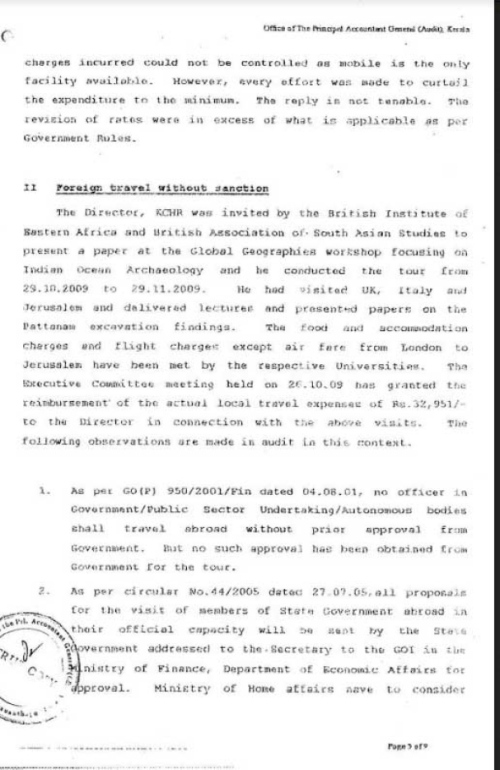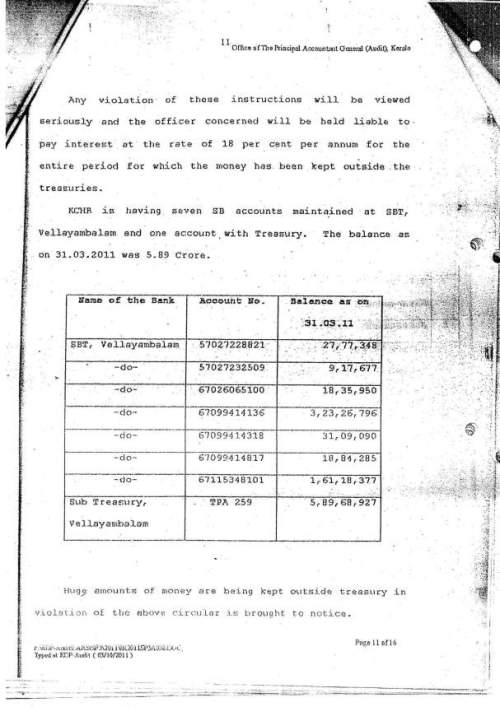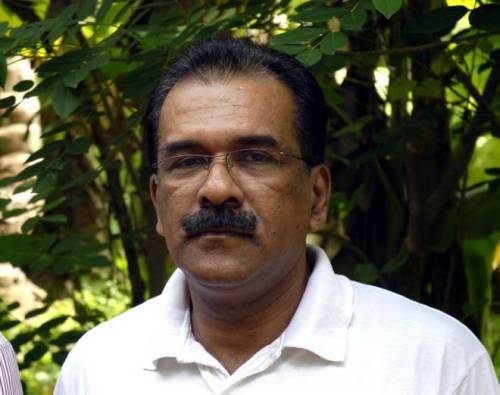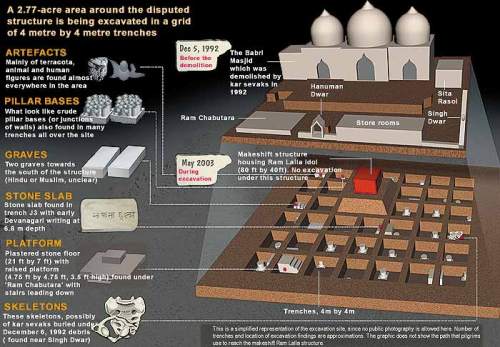The leading patrons of Pattanam which was claimed as the ancient trading port of Muziris, were Euro-American scholars. Istvan Perczel from Hungary, one of the patrons of Pattanam, and also a scholar in Early Christianity and Byzantine history, solicited that it provides much potential for research as the site where Apostle Thomas landed in India and established Indian Christianity – Dr B.S. Harishankar
Martin Sabrow, Professor of History at the University of Potsdam, Germany, warned in 2009 that, if the cooperation between politicians and historians is too close, it might be harmful since the relationship between history and politics can develop into a fatal friendship offering the reward of public attention and moral esteem whilst destroying the radical independence of historical research and its disposition to rethink history.
Sabrow’s views have relevance currently, when there is an orchestrated campaign to establish a hoax identity of the past to raise divisive political and religious claims in Kerala and Tamil Nadu. The ongoing manoeuvres to associate the disputed Pattanam site in Kerala with Kodumanal, Keezhadi, Porunthal and other unearthed spots in Tamilnadu, has already sparked controversies. But few are aware of the fact that, the very integrity of Kerala Council for Historical Research ( KCHR) which unearthed Pattanam, was seriously questioned by the Kerala state government and historians much before the current excavations.
Following serious complaints on KCHR about “procedural and financial irregularities” and its “approach to the writing of history”, the former Congress government led by chief minister A.K. Antony decided to dissolve it on September 22, 2001. Vindicating the government decision, Prof M.G.S. Narayanan, former chairman of the ICHR, charged that the formation of the KCHR was “a Marxist party conspiracy to hijack history for its destructive, sectarian purpose of party propaganda” and welcomed the government’s move to dissolve it. (Frontline, Oct. 13 – 26, 2001).
Left lobbies protested against the Congress government decision to dismiss the KCHR. On 25th September 2001, the Safdar Hashmi Memorial Trust (SAHMAT) a Left cultural forum, called upon the Kerala Government to immediately reinstate the KCHR. It was signed by left historians such as R.S. Sharma Irfan Habib, K.M. Shrimali, D.N. Jha, and Sumit Sarkar.
Upholding the state government’s decision, the Kerala high court dismissed a writ petition challenging the dissolution of KCHR. Justice G. Sivarajan held that the petition filed by P. J. Cherian, director of KCHR and its three members was without merits. (The Times of India , Dec. 20, 2001).
But following immense pressure jointly launched by church and left lobbies, the Congress high command directed Chief Minister A.K. Antony who was ultimately forced to reinstate the KCHR.
The leading patrons of Pattanam which was claimed as the ancient trading port of Muziris, were Euro-American scholars. Istvan Perczel from Hungary, one of the patrons of Pattanam, and also a scholar in Early Christianity and Byzantine history, solicited that it provides much potential for research as the site where Apostle Thomas landed in India and established Indian Christianity (Muziris Heritage Project: Pattanam excavations, KCHR, 2008) . He also delivered a lecture at KCHR, on history of Kerala christianity, along with Bishop Gabriel Mar Gregorios, and theologian Ninan Koshy (The Hindu, Feb.12, 2008).
The Pontifical Commission for Sacred Archaeology and the Pontifical Academy of Archaeology both at Vatican, functions for the purpose of promoting and directing excavations in the catacombs of Rome and on other sites of Christian antiquarian interest, and for safeguarding the objects found during such excavations. Consequently, the Liturgical Research Centre of the Syro-Malabar Church invited the KCHR, for its national seminars in 2005 at Kochi, and in 2011 at Kalyan in Mumbai, to present papers corroborating Pattanam, and Christianity. The United Board for Christian Higher Education in Asia based in New York supported Pattanam excavator P.J. Cherian in his historical studies (The New Indian Express, Feb.17, 2011). Eleven students from University of Georgia visited Pattanam to learn the historical, theological and sociological aspects of the ancient trading port of Muziris and Christianity in the state. (The Hindu, Dec. 25, 2011). It was a global campaign that an ancient biblical site has been finally unearthed in India.
Orthodox churches also took a genuine interest in Pattanam. Keynote Address by Fr. Dr. K.M. George at the public meeting of Malankara Orthodox Church at the reception for Bishop Catholicos Marthoma Paulose II, on March 13, 2011, in Tyagaraja Stadium, New Delhi, lauded Pattanam for finally establishing the two millennium old history of apostle Thomas in India.
Following escalating controversies on KCHR and Pattanam, archaeologists from major Indian institutes and universities kept away from the project. But despite serious charges of fake documentation, financial irregularities and transforming myth into history, it was Dr. K. Rajan of Pondicherry University who is one of the foremost patrons of Pattanam. He associates Pattanam with various sites in Tamil Nadu, thus not only collaborating to establish a biblical myth as history, but also constructing a larger communal space for the church to raise political claims in South India. Rajan observed that the cultural transformation from the Iron Age to the Early Historic Period discernible at Pattanam was unique to Peninsular India (The Hindu, May, 12, 2009).
The Pattanam team acknowledges Rajan’s guidance in May, 2012, for assistance to the Kongu Region, including Kodumanal, Kangayam, Arachallur and Arasampalayam. Seminars on Indian Ocean trade of Pattanam conducted by KCHR and British Museum in August 2013, was hosted by Department of History, University of Pondicherry and chaired by Rajan. British Museum which collaborates with Pattanam is associated with biblical scholars such as Michael Jursa and Irvin Finkel. Pattanam Museum in Ernakulam was inaugurated by Finkel. Oxford which also collaborates with Pattanam, has a long history in biblical archaeology with scholars such as Dame Kathleen Kenyon, Roger Moorey, Andrew Sherratt, and Levantine Archaeology Laboratory as well as Ashmolean Museum.
Mario Seiglie a missionary and columnist wrote that archaeology makes a believer, and abundance of archaeological evidence in support of the Bible can strengthen faith, and in some cases it has greatly contributed in giving birth to belief, where none existed before. This observation has much relevance in Pattanam and its linked sites in Tamil Nadu, in the Apostle Thomas context..
K. Rajan and P.J. Cherian jointly propagates presentations linking the Tamil Nadu—Kerala region—in the backdrop of excavations at Kodumanal, Thandikudi, Porunthal and Pattanam (Pattanam Fifth Season: Field Report, 2011, KCHR). Currently, Rajan is member of the KCHR administration. There are serious allegations that field reports on sites such as Kodumanal, Thandikudi and Porunthal are prepared for promoting Pattanam which has much political and religious connotations.
In this context, we are reminded of what the Bavarian Minister for Education and Cultural affairs, Hans Schemm, declared in 1933, to lecturers at the University of Munich that, it is no longer their task to find out if something is true, but if it accords with the beliefs of the National Socialist government. In the present context it is the beliefs of the Left government in Kerala and church denominations in India that matters.
It is not that Prof. Rajan is ignorant of serious financial corruption and academic forgery accused on Pattanam. The Ministry of Home Affairs (MHA) identified the unbridled foreign funds received by KCHR and cancelled its license along with Kerala Muslim Educational Association and Kerala United Theological Seminary under the Foreign Contribution Regulation Act 2010. (The New Indian Express, Dec. 8, 2016).
Earlier the Accountant General detected the irregularities, in the KCHR audit report of 2010-11 (The New Indian Express, July 22, 2012). Later in 2016, the KCHR was accused in creation of fake government documents, illegal appointments and financial irregularities worth crores. It is also alleged that the KCHR obtained the licence for the Pattanam excavation after submitting fake documents to the Archaeological Survey of India.
Following serious charges on Pattanam excavations, and unscientific approaches adopted by the KCHR, a probe was conducted on the basis of complaints to the Union Minister of State for Culture, Mahesh Sharma. Based on the complaints, a meeting of the central advisory panel of the ASI asked the KCHR to temporarily stop the excavation (Business Standard, Jan. 5, 2016).s
Even, late Iravatham Mahadevan, who earlier applauded Pattanam as potentially important (The Hindu, Mar. 14, 2011), later declined to make any comments or observation on the site following widespread controversies.
The Pattanam site has been questioned not by activists, but by eminent south asian archaeologists and historians such as Profs. Dilip Chakrabarti, A. Sundara, Vasant Shinde, M.G.S. Narayanan, R. Nagaswamy and T. Satyamurti. When Rajan ignores serious allegations on Pattanam by eminent scholarship, it also raises serious doubts on sites in Tamil Nadu with which he constantly associates Pattanam. Already the Keezhadi site has generated enough controversies.
The recent controversy on Pattanam erupted after R. Sivanantham, deputy director, Tamil Nadu State Department of Archaeology, officially facilitated a lecture on Pattanam by P.J. Cherian on Oct. 30, 2018. The programme was chaired by T. Udhayachandran, Commissioner, Department of Archaeology, Tamil Nadu.
Archaeological Survey of India’s probe into alleged unscientific approaches adopted by the KCHR at Pattanam, was taken up by Amarnath Ramakrishna, the then superintendent archaeologist of the ASI, Bengaluru centre (Business Standard, Jan. 5, 2016). His findings are kept in the dark, but later Amarnath Ramakrishna also took up the Keezhadi excavation. The CPI(M) which launched Pattanam has openly supported Amarnath Ramakrishna who supervised Keezhadi (The Hindu, Oct. 6, 2018), which shows how the Left functions in manufacturing cultural data for church lobbies.
ASI director general Rakesh Tewari said Amarnath Ramakrishna should publish a report on the Keezhadi excavation. Then only the ASI shall give him the license for the third year because he has got more than 4,000 artefacts (More excavation only after report, Frontline , Jan.2, 2017).
Dating of all these interlinked sites including Pattanam, have been done at the same institution at USA. The carbon dating conducted on Keezhadi, has been done by Beta Analytic Inc., Florida, USA, (The Hindu, Sept. 30, 2017). The carbon dating at Pattanam was also conducted at Beta Analytic Inc., despite the fact that India has premier dating laboratories. Accelerator mass spectrometry dating of the paddy from Palani site excavated by Prof. Rajan was also done by Beta Analysis Inc. which assigned the paddy to 490 BCE (“Palani excavation triggers fresh debate”, The Hindu, Aug. 29, 2011). It has also much relevance since, research by Cornell University archaeologists, Sturt Manning and colleagues shows that commonly accepted radiocarbon dating standards can miss the mark, thus calling historical timelines into question.
The 21st annual Tamil convention of Federation of Tamil Sangams of North America (FeTNA) was also held in Florida. The theme of the three day convention was “Preserve the Tamil race by protecting the language”. Florida is a major stronghold of FeTNA and the carbon dating of both Keezhadi and Pattanam in Florida raises serious suspicion.
FeTNA in April, 2018, invited Amarnath Ramakrishna to deliver a lecture on the Keezhadi excavations. The ASI denied him permission to participate as guest of honor at this event, possibly because FeTNA publicly supported the cause of ethnic Sri Lankan Tamils in the Sri Lankan civil war. Time and again, the Sri Lanka Guardian has warned that the Catholic Church is heavily involved with the LTTE from the 1970s (“Catholic Church, an ally of Tamil Tiger terrorists in Sri Lanka”, Guardian, April 4, 2009). The FeTNA has been a major campaigner and fund-raiser for the Tamil Chair at the University of California, Berkeley. Prof. George L. Hart, known for his Dravidian politics, was hired for the chair. FeTNA also honoured Jagath Gasper, Catholic propagandist for Christianizing Tamil culture.
Thillai Kumaran, the former president of FeTNA, represented it in the vicious 2006 California textbook campaign launched by FOIL, FOSA and many members of the CAG against Hindu groups who were advocating for an equitable treatment of Hinduism vis-a-vis other leading global religions in sixth grade textbooks. FeTNA’s testimony at the California Curriculum Commission made the dubious claim that the early Tamil texts clearly distinguish between Tamils and Aryans. The co-founders of FOIL are two Indian Leftists, Biju Mathew and Vijay Prashad.
Harvard scholar Michael Witzel has admitted that he and his associates were in contact with FeTNA in the California textbook campaign. Thillai Kumaran, representing FeTNA, in their letter dated Feb. 19, 2006, wrote to Glee Johnson of California State Board of Education, thanking Witzel for the efforts in proposing edits in pursuance of the Colorado evangelical church agenda. Witzel’s supporters in the California textbook battle include two evangelical groups: Dalit Freedom Network and Dalit Solidarity Forum in the USA. DFN president Joseph D’Souza also patronizes the All India Christian Council.
The Left–church syndicate at Pattanam and its current association with Tamil Nadu archaeological sites has to be understood in a global context. The fervor shown for propaganda and for dating them in one institution in America has also generated questions regarding politics of the past in Tamil Nadu and Kerala. – Bharatkalyan, 9 December 2018
» B. S. Harishankar is an author and senior archaeological researcher.
Read more at:


